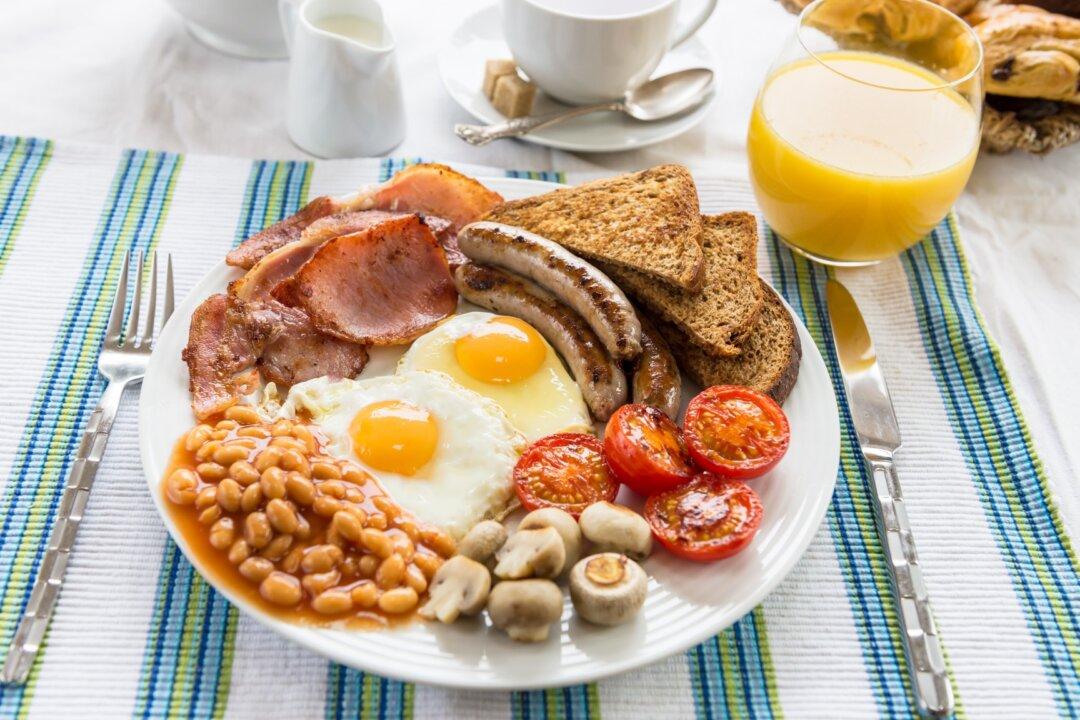Once the epitome of conspicuous consumption—a way for the landed gentry to flaunt their wealth—the English breakfast remains at the top of the foodie hit list for visitors to the UK. Indeed, leaving without having at least one full English is tantamount to heresy—certainly on par with swerving grits in the Southern United States, or tacos in Mexico.
The full English, sometimes colloquially called a fry-up, runs the gamut between a greasy but gratifying plate of eggs, bacon, sausages, baked beans, fried bread, tomatoes, and mushrooms, to the gourmet equivalent. While the ingredients largely remain the same, how they’re used, and especially their provenance, dictates at which end of the scale your meal will sit.





